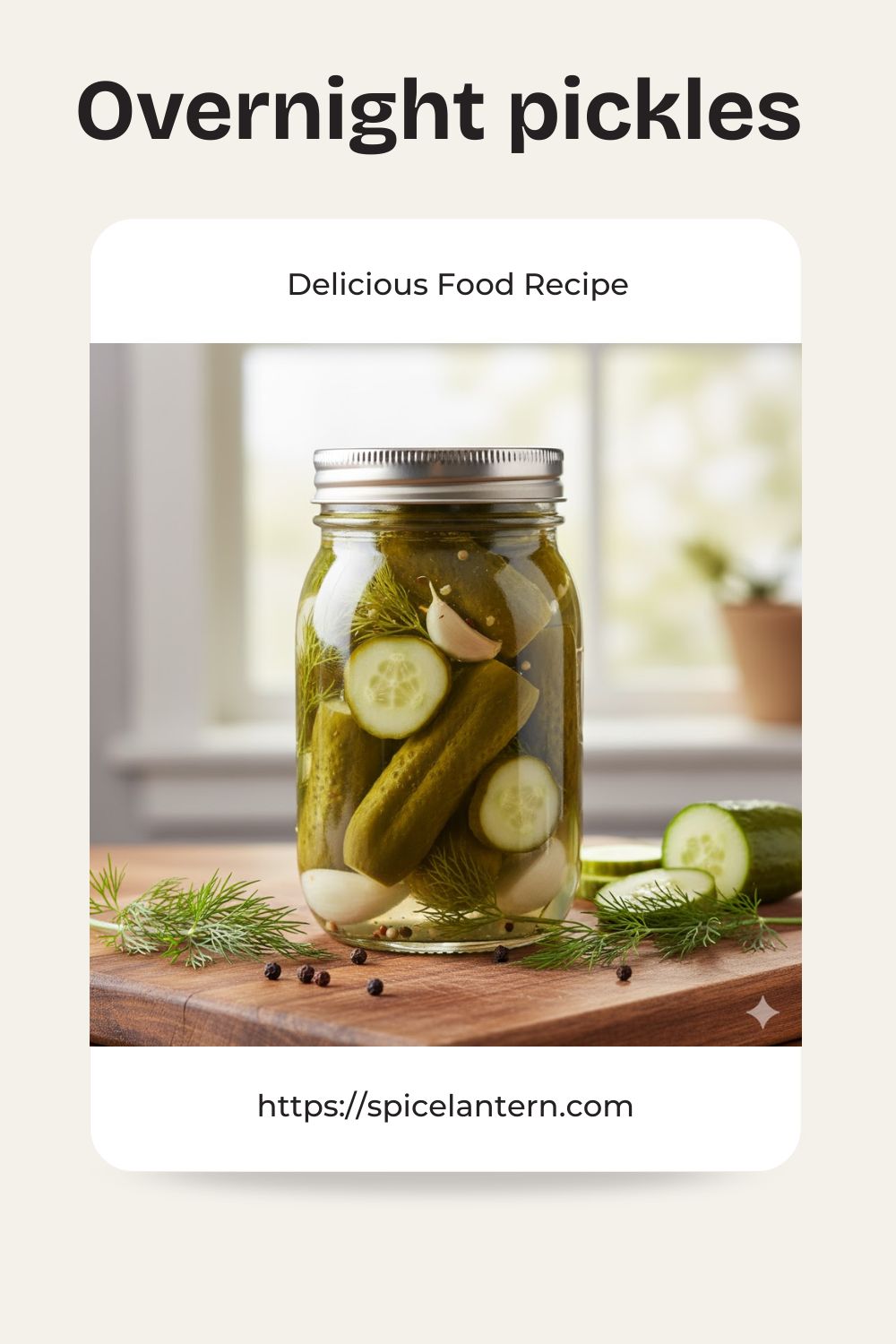Get That Tang! The Ultimate Fast Fermented Salsa Recipe Hack
Let’s talk salsa. You can buy the jarred stuff (snooze), or you can make the “fresh” stuff that tastes slightly bland and watery. But what if you could have the best of both worlds: a vibrant, zesty, chunky salsa with a subtle, complex tang that only fermentation can provide? And what if you could do it in just 24 to 48 hours, not a week? Enter the glorious fast fermented salsa hack. This isn’t your grandma’s month-long canning project; it’s a quick, bubbly, flavor-packed side dish that will make your taste buds sing (and give your gut a happy little probiotic boost!).
Why This Fast Fermented Salsa Is Your New Secret Weapon
Why take a day or two for salsa when you can just chop and serve? Because this recipe is awesome, that’s why. It delivers a depth of flavor and a refreshing, subtle sourness that plain fresh salsa simply can’t match.
First, the flavor complexity is amazing. The fermentation process develops new savory, sour, and sometimes fizzy notes that elevate the taste beyond standard chips-and-dip fare. Second, it’s ridiculously easy—you just blend, salt, and wait. Seriously, the hardest part is being patient for 24 hours. Third, you get all those healthy probiotics without the multi-week commitment of traditional fermentation. Plus, think of the look on your friends’ faces when you casually drop the fact that your salsa is fermented. You’re basically a kitchen scientist now!
Ingredients: The Fresh & Fiery Foundation
We keep this simple and rely on the natural sugars in the vegetables to fuel our quick ferment. Freshness is key!
H3: For the Salsa Base
- 2 lbs Ripe Roma Tomatoes: Roughly chopped.
- 1 large White or Yellow Onion: Roughly chopped.
- 3-5 Jalapeños: Deseeded (or left in for serious heat!), roughly chopped.
- 2-3 cloves Garlic: Peeled.
- ½ cup Fresh Cilantro: Loosely packed.
- Juice of 1 Lime: Adds brightness and helps control the pH for fermentation.
H3: The Fermentation Essential
- 1 ½ teaspoons Kosher Salt: Crucial! This is the only ingredient you must measure precisely. It creates the environment for safe fermentation. Do NOT use iodized table salt.
- 1 teaspoon Whey or Starter Liquid (Optional, but speeds things up!): Use brine from a previous ferment (like sauerkraut or pickles) or liquid whey from strained yogurt.
Key Substitutions:
- Pepper Swap: Substitute jalapeños with serrano peppers for a spicier salsa, or bell peppers for a milder version.
- Salt Swap: Kosher salt or non-iodized sea salt is mandatory. Never use iodized salt, as it can inhibit the beneficial bacteria.
- Onion Swap: Red onion adds color and a sharper flavor, while yellow onion is milder. Your choice, IMO!
- Tomato Consistency: You can use heirloom tomatoes or large beefsteak tomatoes, but Roma tomatoes tend to be less watery.
Tools & Kitchen Gadgets Used: Your Salsa Science Lab
No need for an airlock. Just simple blending and sealing!
- Food Processor or Blender: Essential for getting that perfect chunky/smooth consistency.
- Large Mason Jar (Quart size or larger): Crucial for fermentation! Must be clean.
- Sharp Chef’s Knife & Cutting Board: For rough chopping.
- Measuring Spoons: For accurate salt measurements.
- Citrus Juicer: For getting the most juice from your lime.
- Jar Weight (Optional): A clean glass fermenting weight or a smaller jar that fits inside your fermenting jar.
Step-by-Step Instructions: Mix, Wait, and Dip!
This process is lightning-fast on the prep, then you let the microbes do the heavy lifting!
H3: Step 1: Rough Chop & Pulse
Roughly chop your tomatoes, onion, and peppers. Place the chopped tomatoes, onion, jalapeños, garlic, and cilantro into your food processor or blender. Pulse until the salsa reaches your desired consistency—chunky or smooth, totally your preference. Don’t puree it into baby food, TBH.
H3: Step 2: Season and Mix
Pour the salsa mixture into a large mixing bowl. Add the kosher salt, lime juice, and the optional whey/starter liquid. Stir everything thoroughly with a wooden spoon or spatula. The salt needs to be fully dissolved.
H3: Step 3: Pack the Jar & Weight Down
Tightly pack the salsa mixture into your clean Mason jar. Press down firmly with a spoon to remove any air pockets. The liquid should rise above the solids. If the liquid doesn’t cover the solids, place a clean glass fermentation weight (or a clean, sealed Ziploc bag filled with water) on top of the salsa to keep the solids submerged. This prevents mold.
H3: Step 4: The Fast Ferment (The Quick Bubbles)
Cover the jar loosely with the lid (do not screw it on tight!) or use a fermentation airlock. Leaving the lid loose allows gases to escape. Leave the salsa at cool room temperature ($68^{\circ}\text{F}$ to $72^{\circ}\text{F}$ / $20^{\circ}\text{C}$ to $22^{\circ}\text{C}$) for 24 to 48 hours. Check it every 12 hours. You might see bubbles forming—that’s the good bacteria working its magic!
H3: Step 5: Taste and Chill!
After 24 hours, open the jar (expect a small psst of gas) and give it a taste. It should taste tangier and more complex than when you started. If you like the flavor, secure the lid and transfer the salsa to the refrigerator immediately to halt the fermentation. If you want it more sour, let it sit for another 12-24 hours (up to 48 hours total).
H3: Step 6: Serve and Brag
Remove the weight, stir your finished fast fermented salsa, and serve it chilled with tortilla chips, on tacos, or over eggs. Prepare for immediate compliments on the unique flavor!
Calories & Nutritional Info: The Probiotic Perks
Salsa is generally a healthy condiment, and the fermentation adds extra benefits! These estimates are approximate per ¼ cup serving.
- Estimated Calories per serving (¼ cup): 15-25 calories
- Fat: 0g
- Carbohydrates: 3-5g (mostly from vegetables)
- Sugar: 2-3g (natural sugars from tomatoes)
- Sodium: 100-150mg (necessary for fermentation)
- Probiotics: Contains live and active cultures. Hello, happy gut!
- Vitamins/Minerals: High in Vitamin C from tomatoes and peppers.
- The Bottom Line: A crunchy, healthy, and flavorful condiment.
Common Mistakes to Avoid: Stop Fermenting Failures!
Fermentation is simple, but a few simple rules ensure safety and success.
- Using Iodized Salt: NEVER use iodized salt! It interferes with the Lactobacillus bacteria, which can stall the ferment and introduce off-flavors. Use kosher or non-iodized sea salt only.
- Sealing the Jar Tightly: Gases build up during fermentation! Sealing the jar tightly can cause it to pressurize and potentially explode. Always leave the lid loose or use a proper airlock during the room-temperature ferment.
- Exposing Solids to Air: Solids that float above the brine and touch the air can grow mold. Use a clean weight or a pusher (like a Ziploc bag of water) to keep all solids fully submerged.
- Blending Too Finely: Fermentation works better with chunky, slightly crushed veggies. A fine puree won’t ferment as quickly and can become excessively soupy.
Variations & Customizations: Your Flavor Lab
The world of fermented salsa is wide open! Get creative with spices and fruit.
- Fizzy Fruit Salsa: Add ½ cup of diced mango or pineapple to the recipe. The high sugar content will ferment faster and create a noticeable fizz. Use the full 48 hours for best results.
- Smoky Roasted Salsa: Roast the tomatoes, onions, and jalapeños on a baking sheet until slightly charred before chopping and blending. This adds a deep, smoky undertone that is fantastic with the tang.
- Spicy Fermented Taquera Salsa: Use tomatillos instead of regular tomatoes (still 2 lbs). Add 1-2 minced habanero peppers (handle with gloves!) for serious heat. Omit the cilantro for a more traditional taquera flavor.
FAQ Section: Answering Your Bubbly Questions
Got more questions about this quick, tangy sensation? I’m here for you.
H3: Q1: Is this a safe way to ferment salsa?
A1: Yes! Fermentation with salt is an ancient, safe way to preserve food. The salt and the anaerobic (oxygen-free) environment created by submerging the solids prevent harmful bacteria growth while allowing the beneficial Lactobacillus to thrive.1
H3: Q2: How does the salsa become tangy?
A2: Bacteria! Naturally occurring Lactobacillus bacteria consume the sugars in the vegetables and produce lactic acid as a byproduct.2 Lactic acid is what gives the salsa its signature tangy, complex, and slightly sour flavor.
H3: Q3: How long does fast fermented salsa last?
A3: Once transferred to the refrigerator, fast fermented salsa will last for 2-3 weeks. It will continue to get tangier (more sour) the longer it sits in the fridge.
H3: Q4: My salsa is very bubbly. Is that normal?
A4: Yes! The bubbles are $\text{CO}_{2}$ gas being produced by the yeast and bacteria. This is a sign of a healthy, active fermentation. It’s what gives the salsa a slight fizz!
H3: Q5: Can I freeze fermented salsa?
A5: You can freeze it, but freezing will kill the beneficial probiotics and often change the texture of the vegetables. It will still be safe and flavorful, but you lose the “live culture” benefit.
H3: Q6: What should the salt level be for safe fermentation?
A6: For most vegetable ferments like this one, a 2% salt ratio is standard. For this recipe, $1.5\text{tsp}$ of kosher salt per $2\text{lbs}$ of vegetables creates the perfect, safe environment.
H3: Q7: What are the best uses for fermented salsa?
A7: Use it anywhere you use regular salsa! It’s amazing on tacos, nachos, eggs, grilled chicken or fish, and, of course, straight out of the jar with tortilla chips!
Final Thoughts: You Are Now a Salsa Scientist!
You did it! You’ve mastered the art of the quick, bubbly, flavor-packed fast fermented salsa. Go ahead, grab a chip and take a taste. Doesn’t that complex tang taste exactly like your new kitchen superpower? I knew it would. You’re officially a fermentation wizard. Are you ever going back to watery, boring store-bought salsa again? I highly doubt it. Enjoy your crunchy, tangy, and totally bragging-worthy creation!







